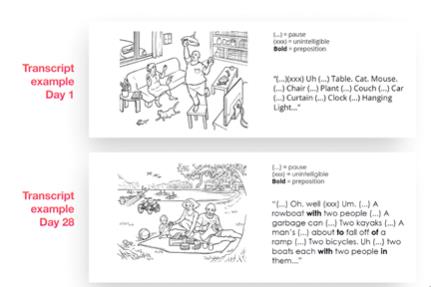| | |
April 29, 2019 Via EDGAR | | 
Orrick, Herrington & Sutcliffe LLP 1000 Marsh Road Menlo Park, CA 94025-1015 +1 650 614 7400 orrick.com |
Suzanne Hayes
Assistant Director, Office of Healthcare & Insurance
Division of Corporation Finance
United States Securities and Exchange Commission
100 F Street, N.E.
Washington, DC 20549
Draft Registration Statement on FormS-1
Submitted March 4, 2019
CIK No. 0001662774
Dear Ms. Hayes:
On behalf of our client, Cortexyme, Inc. (the “Company”), we submit this letter to the Staff of the Securities and Exchange Commission (the “Commission”) with respect to the above referenced Draft Registration Statement onForm S-1 (the “Draft Registration Statement”). Set forth below are the Company’s responses to the comments contained in the Staff’s letter dated April 25, 2019. The Staff’s comments are repeated below in bold face type and followed by the Company’s responses in regular type. Concurrent with this letter, the Company is filing its Registration Statement on FormS-1/A (the “Registration Statement”), which incorporates the Company’s responses to the Staff’s comments. The page references set forth in the Company’s responses below are to the Registration Statement. For the Staff’s reference, we have included both a clean copy of the Registration Statement and a copy marked to show all changes from the version filed on April 16, 2019.
Amendment No. 1 to Registration Statement on FormS-1 Filed April 16, 2019
Summary of Our Clinical and Preclinical Data, page 86
| 1. | We note your revisions in response to prior comment 4. Please revise the descriptions of the fifth and sixth studies to indicate the type of cells studied. Also tell us where in the prospectus you discuss the final study referenced in the table. |
Response:
In response to the Staff’s comment, the Company has revised the table on pages 88 and 89 of the prospectus to reference humanSH-SY5Y cells, which is a neuroblastoma cell line from human neural tissue commonly used in neuroscience research, that was used in the fifth study. In the same table, the Company clarified that the sixth study is a mouse brain study.
The final study is discussed in the prospectus on pages 95 and 100 of the prospectus. On page 95, the prospectus states, “However, among the identified gingipain substrates we have documented, tau is a target of gingipain proteolysis and potentially contributes to the development and toxicity of tau tangles.” In addition, on page 100 of the prospectus, the Company discussed how ApoE, a target for gingipains, can be proteolytically cleaved into peptides consistent with those identified by other researchers in the brain and by the Company in the cerebral spinal fluid, or CSF, of Alzheimer’s patients. In the Alzheimer’s patients treated with COR388, fragments of ApoE in the CSF were reduced compared to placebo.

